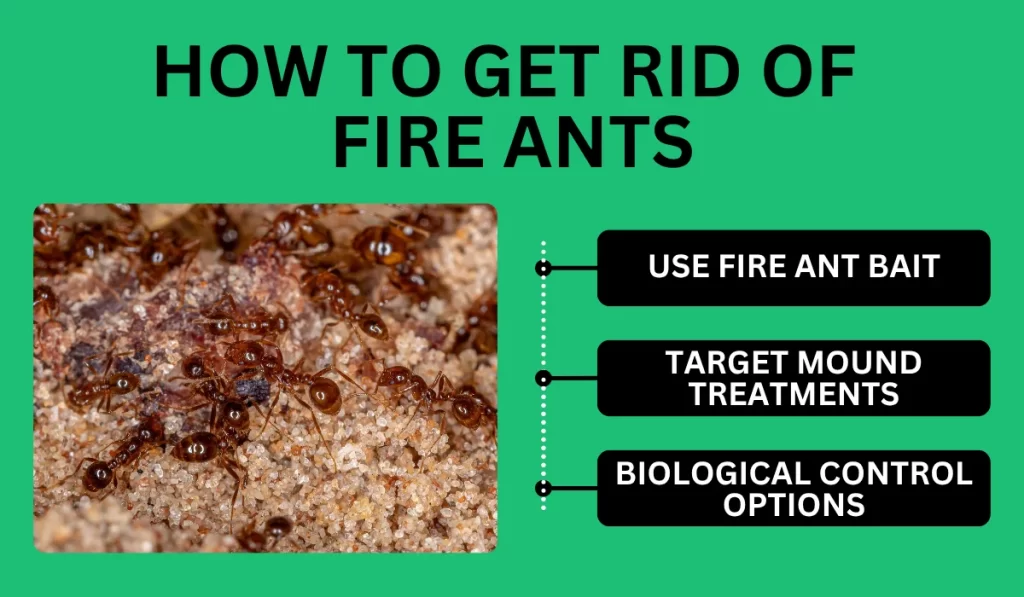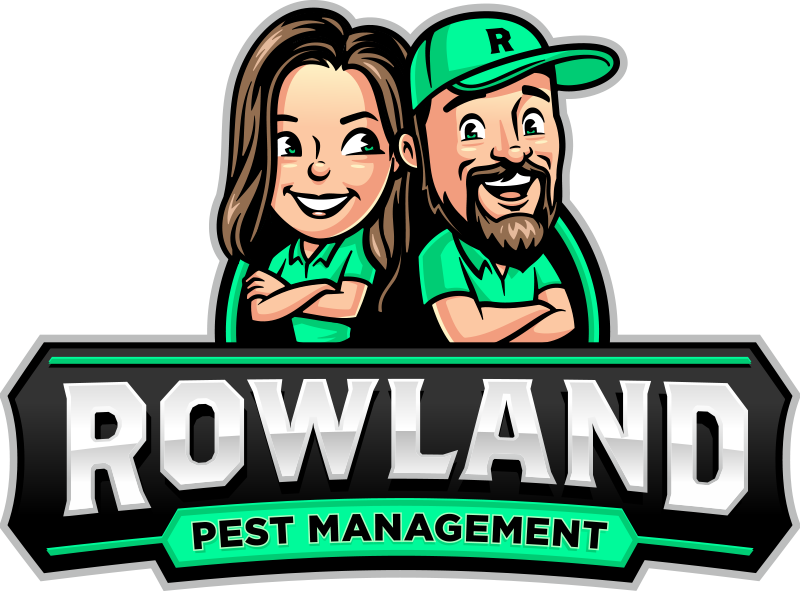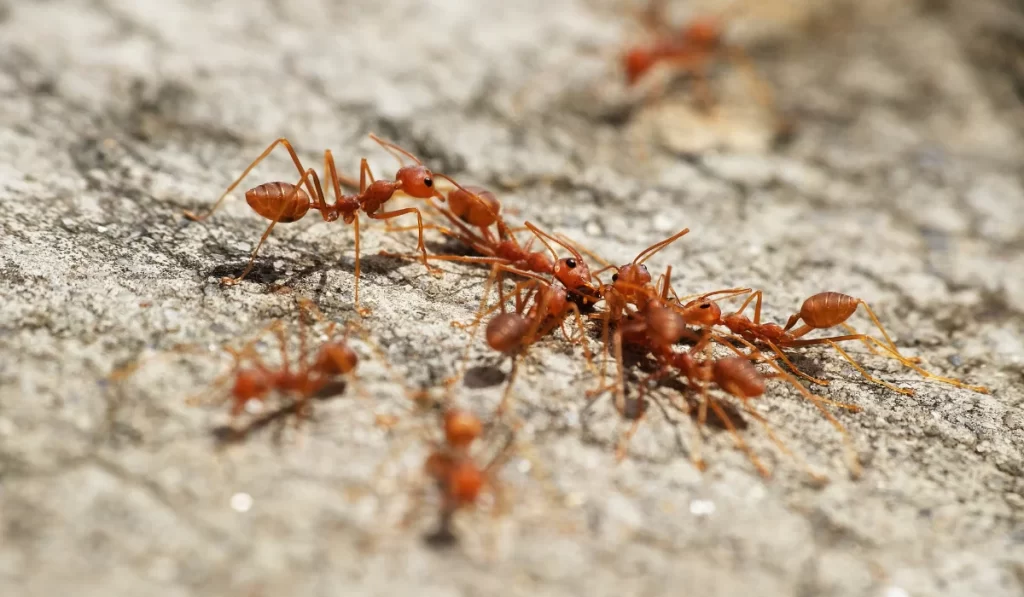Fire ants are an aggressive pest that Florida homeowners deal with all too often. A single colony can number in the hundreds of thousands and spread fast. Worse, Solenopsis invicta, or the red imported fire ant, delivers painful stings that can trigger severe allergic reactions in some people.
These ants are not only a nuisance but a serious threat to people, pets, and property. Their mounds can pop up seemingly overnight in yards, parks, playgrounds, and even electrical boxes. Once they settle in, they’re difficult to remove, especially without the right tools or techniques.
Whether you’ve noticed dome-shaped mounds in your lawn or experienced the burning sting of one of these ants, knowing how to identify and treat fire ants is key to keeping your home and family safe. In this guide, we’ll cover everything you need to know, including how to spot fire ants, the best ways to eliminate them, and when it’s time to call in professional help.
Key Takeaways
- Fire ants are an invasive species from South America and are now widespread in the southern United States.
- These reddish-brown ants are highly aggressive and will swarm quickly if disturbed.
- Fire ant stings cause a burning sensation and pustules; some people experience severe allergic reactions.
- Treating fire ant colonies with fire ant bait and mound treatments is more effective than spraying.
- Professional pest management can help prevent new colonies and protect against reinfestation.
How to Identify Fire Ants
In Florida, the most common species of fire ant is the red imported fire ant. Native to South America, these invasive pests first spread through Alabama and Texas before moving into Florida.
Red imported fire ants are:
- Reddish-brown with a darker abdomen.
- 1/8 to 1/4 inch long.
- Aggressive and highly territorial.
Look for fire ant mounds; they are dome-shaped and lack a visible opening. Colonies thrive in open, sunny areas and can appear overnight.
Fire Ant Stings vs. Fire Ant Bites
Although often called bites, fire ants sting. Their stinger injects venom that causes an intense burning sensation, followed by itching and the formation of white, fluid-filled pustules.
Fire ant stings are dangerous for people allergic to insect venom. Even if you’ve only had mild reactions in the past, repeated exposure increases your risk. Anyone experiencing symptoms like swelling of the throat or difficulty breathing should seek medical attention immediately.
Why Fire Ants Are a Problem in Florida
Florida’s warm, humid climate provides ideal conditions for fire ant colonies. Once established, colonies expand rapidly, displacing native ants and threatening humans and animals alike.
Fire ants are attracted to food sources like:
- Insects and small animals.
- Sugary liquids.
- Grease and protein.
They can also damage electrical equipment by nesting inside devices, leading to short circuits or equipment failure.
Signs of a Fire Ant Infestation
The most obvious sign of a fire ant infestation is the appearance of multiple fire ant mounds in your yard. Other signs include:
- Swarms of worker ants forage for food.
- Rapid appearance of new colonies after rain.
- Increased numbers of fire ant stings in outdoor areas.
Homeowners should inspect regularly, especially after heavy rains, when colonies are more active.
Why DIY Fire Ant Control Often Fails
Many people try to get rid of fire ants with sprays or home remedies. Unfortunately, these methods rarely eliminate the fire ant populations.
Spraying a mound kills only the ants you see. The queen and most of the colony survive underground, and stressed colonies often bud off to form new colonies.
This is why professional pest control methods focus on destroying the entire colony.
How to Get Rid of Fire Ants

Step 1: Use Fire Ant Bait
Fire ant bait is the most effective long-term treatment. Worker ants carry the bait back to the colony, where it disrupts reproduction and kills the queen.
Baits are most effective when placed:
- Around the perimeter of your home.
- Near ant trails, but not directly on fire ant mounds.
- During cooler parts of the day, when ants are actively foraging.
Step 2: Target Mound Treatments
For large or established colonies, follow up baiting with mound treatments. Apply a labeled insecticide directly to the mound to kill remaining ants.
Professional pest management teams often use a combination of both approaches for fast results.
Step 3: Biological Control Options
Some homeowners explore biological control options, such as:
- Nematodes that parasitize fire ant larvae.
- Predatory phorid flies attack adult ants.
While helpful, these methods alone won’t eliminate an infestation. They are best used as part of an integrated fire ant control program.
Long-Term Fire Ant Prevention
Once you eliminate active colonies, the next challenge is keeping your property pest-free. Follow these control methods:
- Remove food sources by maintaining a clean yard and sealed garbage.
- Keep shrubs and landscaping trimmed to reduce harborage.
- Monitor for dome-shaped mounds after rainfall.
- Schedule regular professional pest management treatments.
When to Call a Pest Control Professional
If you’re seeing multiple mounds or experiencing frequent fire ant stings, it’s time to bring in a professional. Fire ant infestations can spread rapidly and cause serious health risks.
At Rowland Pest Management, we specialize in fire ant control throughout Central Florida. Our experts:
- Identify and map the extent of the infestation.
- Apply targeted fire ant bait and mound treatments.
- Monitor for new colonies to prevent reinfestation.
We also offer same-day service for urgent needs.
Don’t Let Fire Ants Take Over Your Yard
You don’t have to live with the threat of fire ants. Whether you’re in Orlando, Winter Park, or New Smyrna Beach, Rowland Pest Management has the training and tools to protect your home.
Ready to stop the sting and get back to enjoying your yard? Reach out today for a free inspection.
Frequently Asked Questions
How do I identify the species of fire ant?
The red imported fire ant is the most common in Florida. They build dome-shaped mounds and are aggressive when disturbed.
Are fire ants active year-round in Florida?
Yes. The mild climate allows fire ant populations to remain active through all seasons.
Do fire ant stings require medical attention?
Most people experience a burning sensation and pustules. If you have trouble breathing, swelling of the throat, or a history of severe allergic reactions, seek immediate help.
Can I use regular ant spray?
No. Sprays often cause the colony to split and form new colonies, making the problem worse. Use bait and call a professional.


